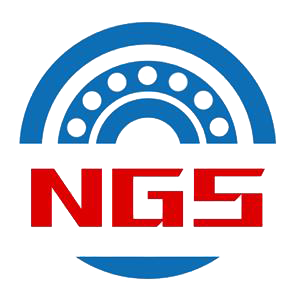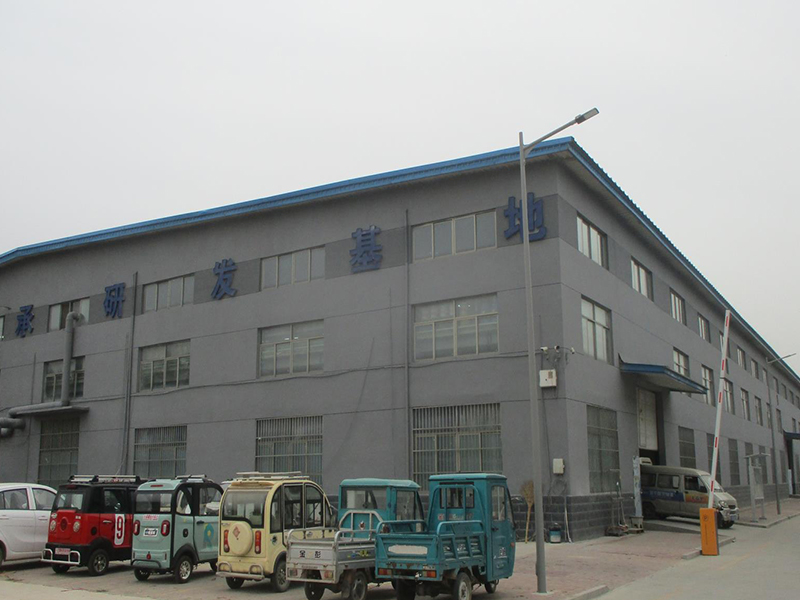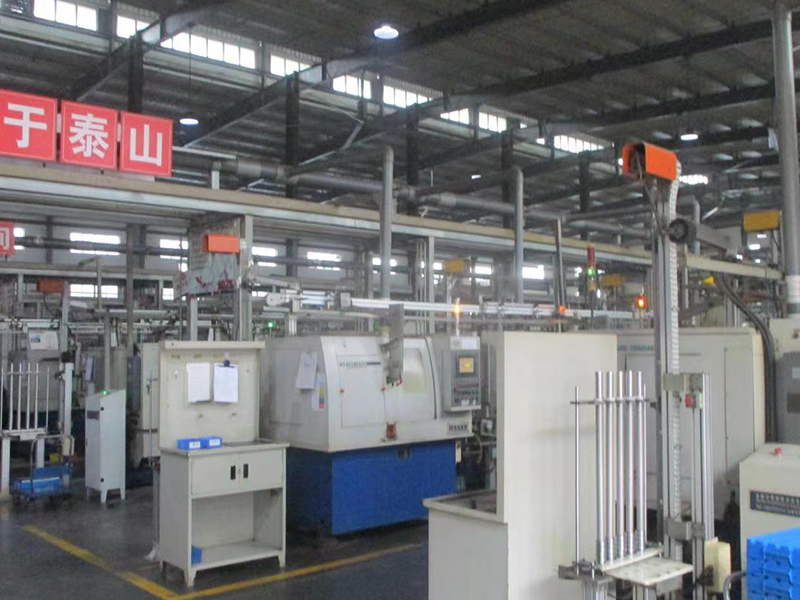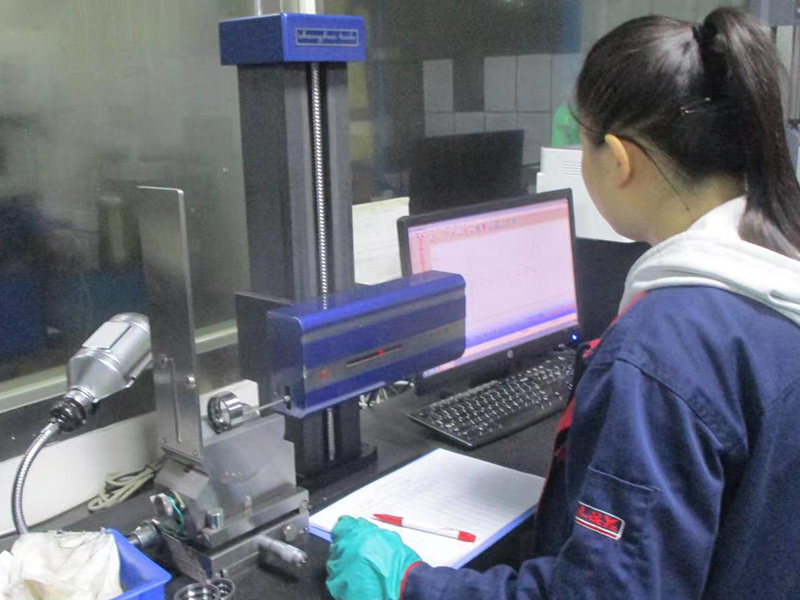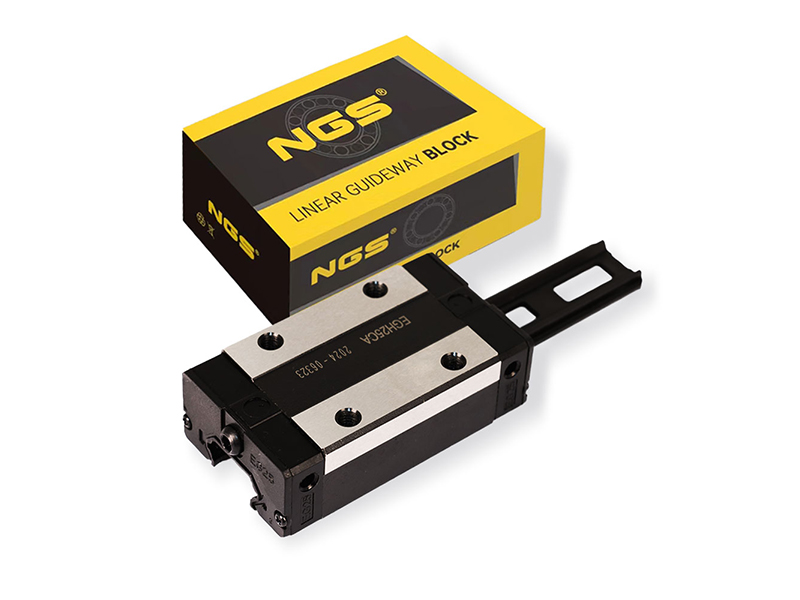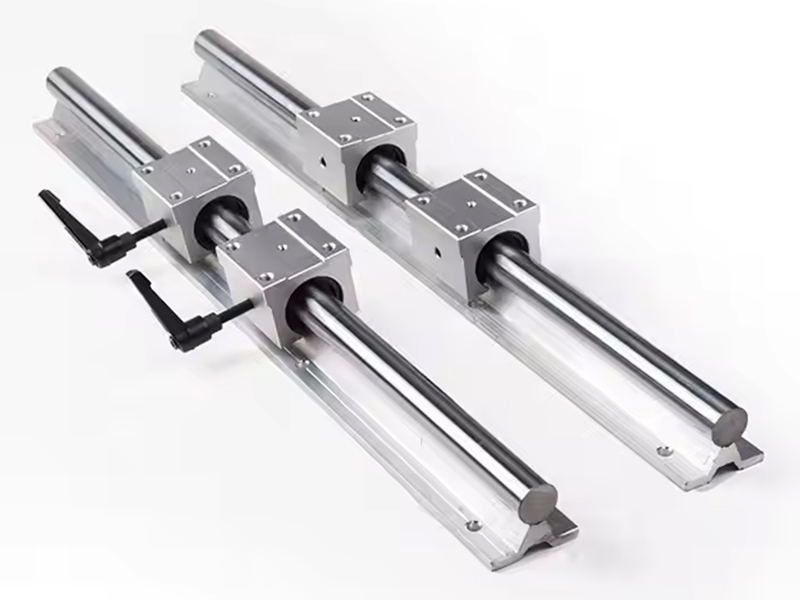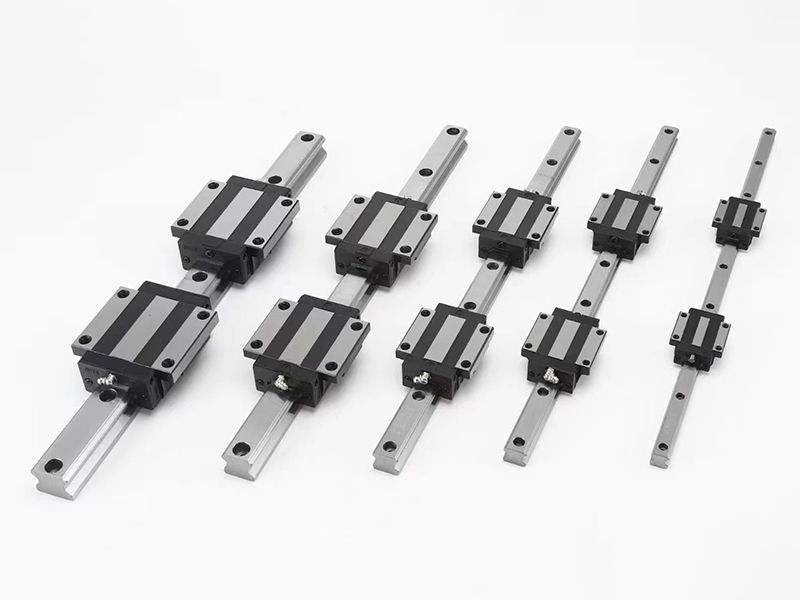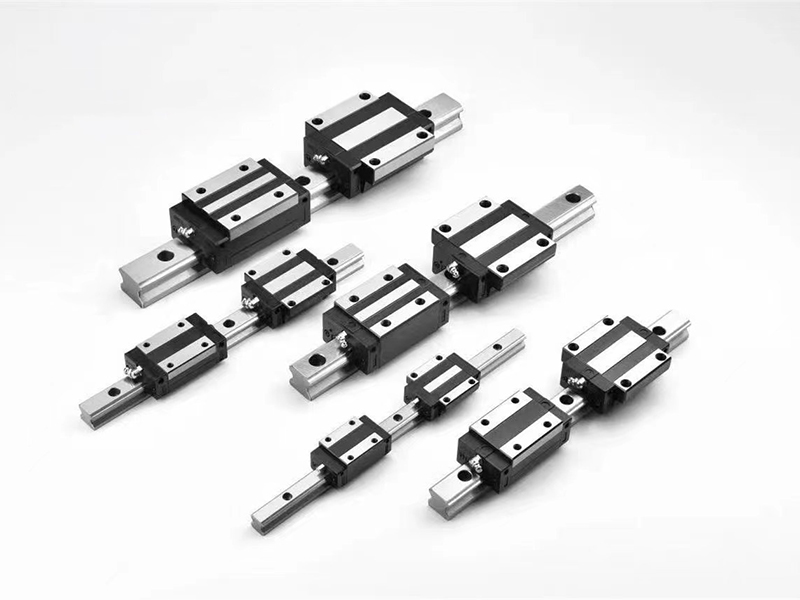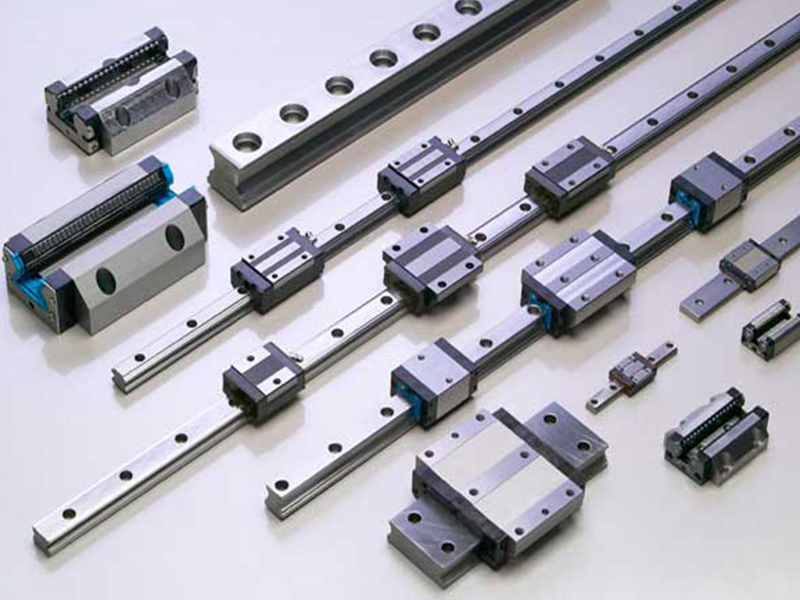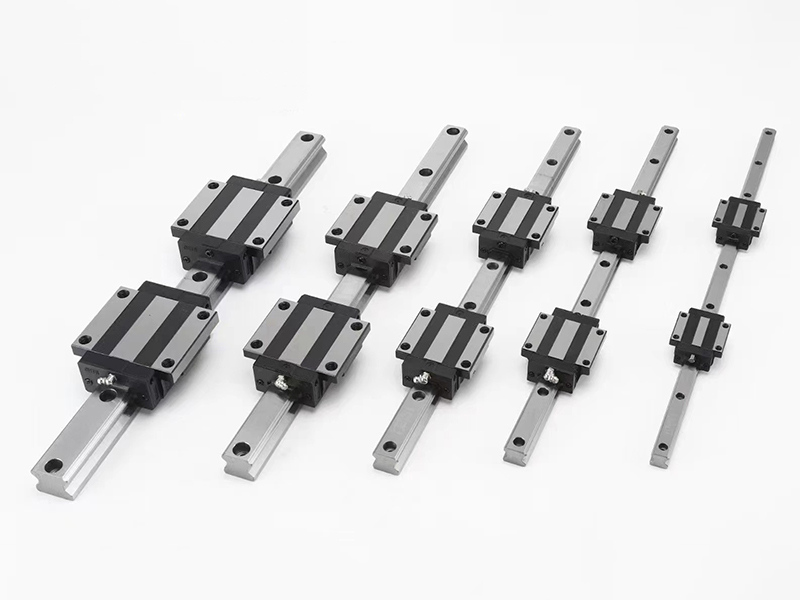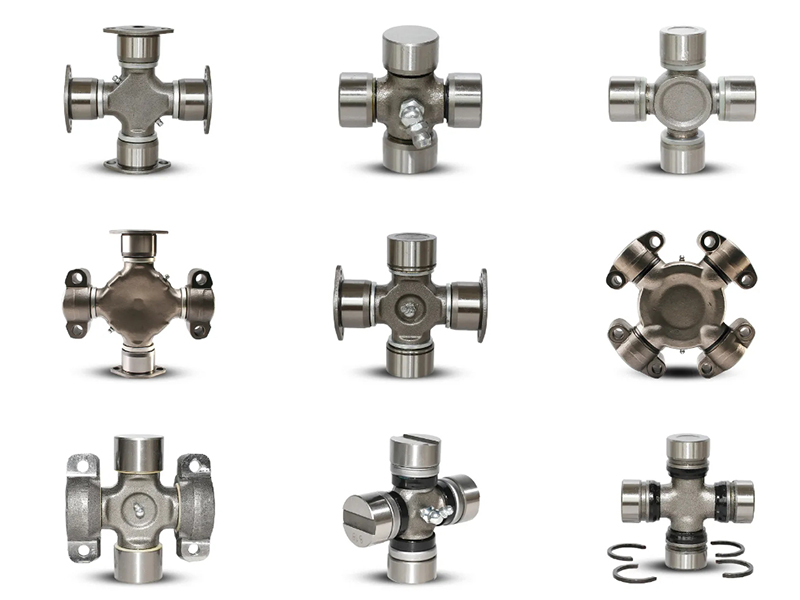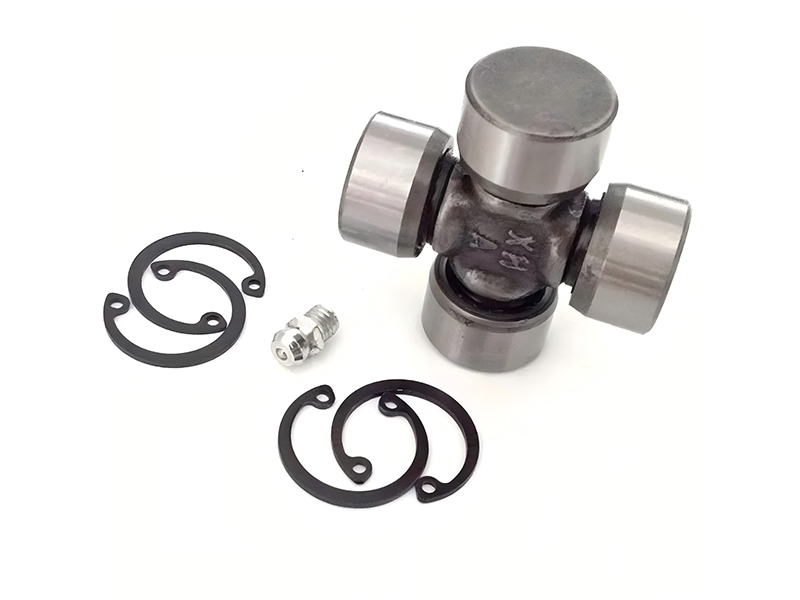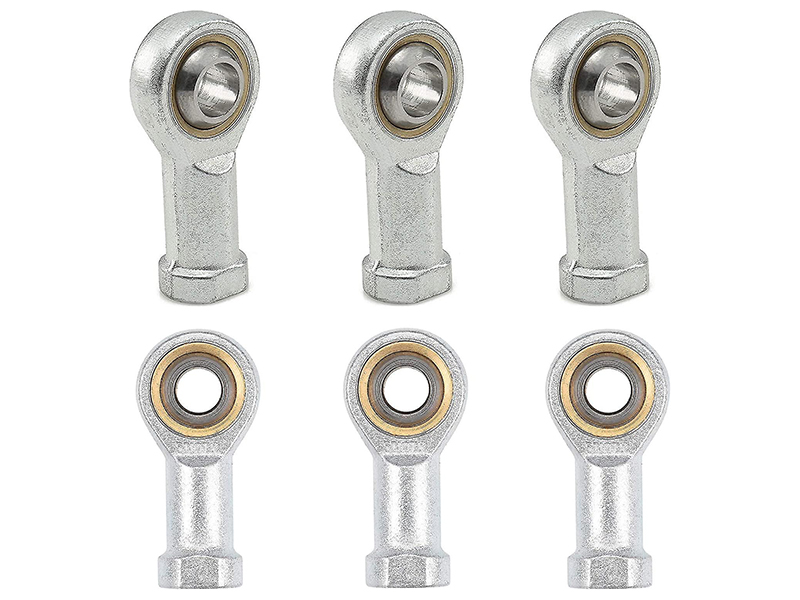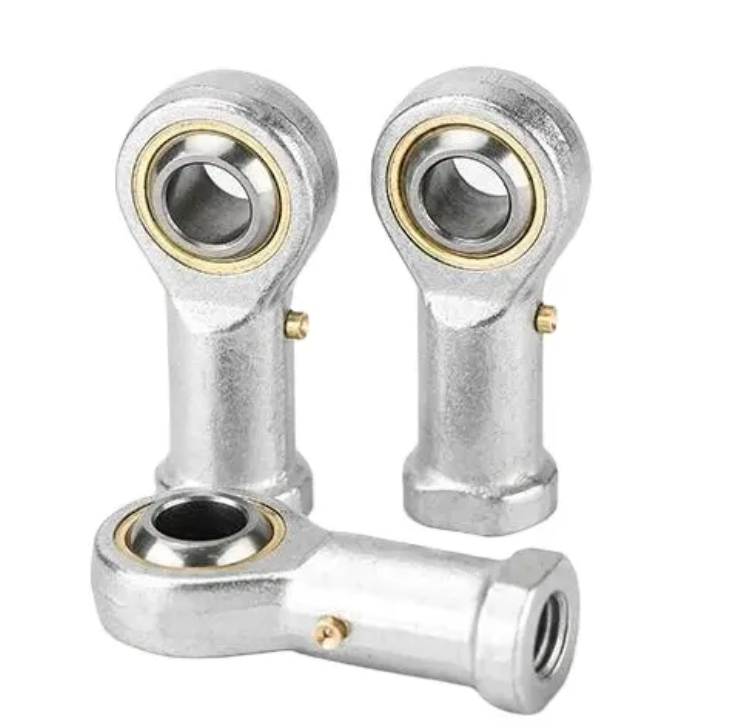Introduction to Linear Guideway
Linear guideway is an essential motion component widely used in modern machinery, automation, and precision equipment. By providing smooth, accurate, and low-friction motion, linear guideways have become the backbone of industrial automation and high-precision manufacturing. Compared to conventional sliding systems, linear guideways reduce resistance significantly, enabling higher speed, improved accuracy, and longer service life.
Modern industries rely heavily on linear guide systems, which include the linear guide rail, carriage, and other components that together form a complete linear guide assembly. These systems are essential in applications where precision, stability, and reliability are critical.
Working Principle of Linear Guideway
The fundamental principle of a linear guideway is to convert sliding motion into rolling motion. In a linear guide system, the carriage or block moves along a precisely ground linear guide rail, supported by rolling elements such as balls or rollers. This design minimizes friction and ensures that motion is consistent and highly accurate.
1.Rolling Mechanism
The core of a linear guideway is its rolling mechanism. Instead of having two surfaces slide directly against each other, which generates high friction, the rail and carriage use rolling elements that circulate continuously.
Steel Balls: Common in most linear guide systems, offering low friction and high precision.
Cylindrical Rollers: Provide higher rigidity and load-bearing capacity, often used in heavy-duty applications.
2.Load Distribution
When a load is applied, the linear guide system distributes the weight across multiple rolling elements. This prevents localized stress points, reduces wear, and extends the lifespan of the linear guide assembly. Because of the geometry of the linear guide rail, the carriage can sustain loads in multiple directions.
3.Preload and Rigidity
A key principle of linear guide systems is preload adjustment. By slightly compressing the rolling elements during assembly, clearance between the carriage and rail is minimized. This increases rigidity, reduces vibration, and enhances precision.
4.Comparison with Sliding Guides
Sliding Guides: High friction, prone to stick-slip effect, and higher wear rate.
Linear Guideways: Low friction, smooth motion, higher efficiency, and longer life span.
5.Heat and Efficiency Considerations
Because rolling friction is far lower than sliding friction, linear guideways generate less heat even at high speeds. This improves energy efficiency and reduces lubrication requirements.
Components of Linear Guide Systems
A complete linear guide system consists of multiple interrelated parts that together create a precise, rigid, and efficient motion solution.
1. Linear Guide Rail
The linear guide rail is the foundation. It is usually made of hardened steel, precision-ground, and heat-treated.
Square-type Rails: High rigidity, handle loads in multiple directions.
Circular or Shaft-type Rails: Lightweight and easy to install, but less rigid.
2. Carriage or Block
The carriage (block or slider) houses the rolling elements and slides along the linear guide rail.
Standard Carriages: Balanced load capacity.
Long-type Carriages: Increased stability.
Flange-type Carriages: Secure mounting options.
3. Rolling Elements
Ball-type Guides: Smooth operation, high speed, less noise.
Roller-type Guides: Greater rigidity and load capacity.
4. Linear Guide Assembly
The linear guide assembly includes rail, carriage, seals, rolling elements, and preload mechanisms. A complete assembly ensures accuracy and smooth integration.
5. Accessories and Enhancements
End Seals and Scrapers: Prevent dust contamination.
Lubrication Units: Maintain smooth motion.
Preload Adjusters: Tune rigidity for applications.
Advantages of Linear Guideway
The adoption of linear guideways has transformed manufacturing processes.
1. High Precision and Repeatability
Motion is repeatable within micrometer tolerances. Critical in semiconductor and optics industries.
2. Low Friction and Smooth Operation
Rolling instead of sliding reduces friction, enabling higher acceleration and smoother motion.
3. High Load Capacity and Rigidity
Roller-type linear guide assemblies provide outstanding rigidity, perfect for CNC and aerospace.
4. Energy Efficiency
Reduced friction lowers power consumption.
5. Extended Service Life
Durable rolling elements and protective seals allow tens of thousands of kilometers of travel.
6. Versatility
From medical devices to heavy industrial robots, linear guideways adapt to different environments.
7. Easy Maintenance
Long service intervals, built-in lubrication channels.
8. Reduced Vibration and Noise
Preloaded carriages reduce chatter and improve machining surface finish.
Application Scenarios of Linear Guide Systems
Linear guide systems are widely applied in industries requiring precision and durability.
1. CNC Machine Tools
Linear guide rails enable precise positioning of cutting heads and worktables. Essential for high-speed, high-accuracy machining.
2. Industrial Automation
Assembly lines and robots depend on linear guide assemblies for consistent, accurate movement.
3. Semiconductor Manufacturing
Nanometer precision in lithography and wafer inspection relies on linear guide systems.
4. Medical Devices
From surgical robots to diagnostic imaging systems, linear guideways ensure accuracy.
5. 3D Printers and Robotics
Linear guide rails enable smoother layer deposition and precise robotic motion.
6. Packaging and Food Processing Machinery
Stainless steel linear guide assemblies withstand moisture and contaminants.
7. Aerospace and Defense
Aircraft assembly, guided systems, and aerospace testing use linear guide systems for extreme load handling.
8. Renewable Energy
Solar panel production lines and wind turbine component manufacturing rely on linear guide rails.
Selection Guide for Linear Guide Systems
Selecting the right linear guide system depends on technical and environmental factors.
1. Load Capacity and Direction
Evaluate static and dynamic loads in radial, axial, or combined directions.
2. Precision Requirements
High-precision CNC machines may require linear guideways with minimal clearance and preload.
3. Speed and Acceleration
For packaging or robotics, lightweight linear guide assemblies designed for high acceleration are preferred.
4. Environmental Considerations
Dusty environments → sealed linear guide rails.
Cleanrooms → stainless steel assemblies.
5. Rigidity and Vibration Control
Choose roller-type linear guide systems for heavy-duty machining.
6. Lubrication and Maintenance
Select guides with built-in lubrication units for long service intervals.
7. Installation Space and Mounting
Some applications require compact linear guide assemblies to fit tight spaces.
Future Trends of Linear Guide Rail and Systems
As technology evolves, so do linear guide systems.
1. Smart Linear Guideways
Integration of IoT sensors to monitor wear, preload, and lubrication.
2. Advanced Materials
Carbon fiber or ceramic-coated linear guide rails for lightweight, corrosion resistance.
3. Miniaturization
Compact linear guide assemblies for micro-robotics and medical devices.
4. Sustainability
Eco-friendly lubrication systems and recyclable materials.
5. Hybrid Motion Systems
Combining linear guideways with magnetic levitation or air bearings.
6. Industry-Specific Customization
Custom-designed linear guide assemblies tailored for aerospace, biomedical, or renewable energy applications.
The linear guideway, along with linear guide systems, linear guide assemblies, and linear guide rails, plays a critical role in modern engineering. From CNC machining to robotics and medical technology, these systems provide the accuracy, rigidity, and efficiency that industries demand. As future trends push toward smarter, lighter, and more sustainable designs, the role of linear guide systems will only expand further.
